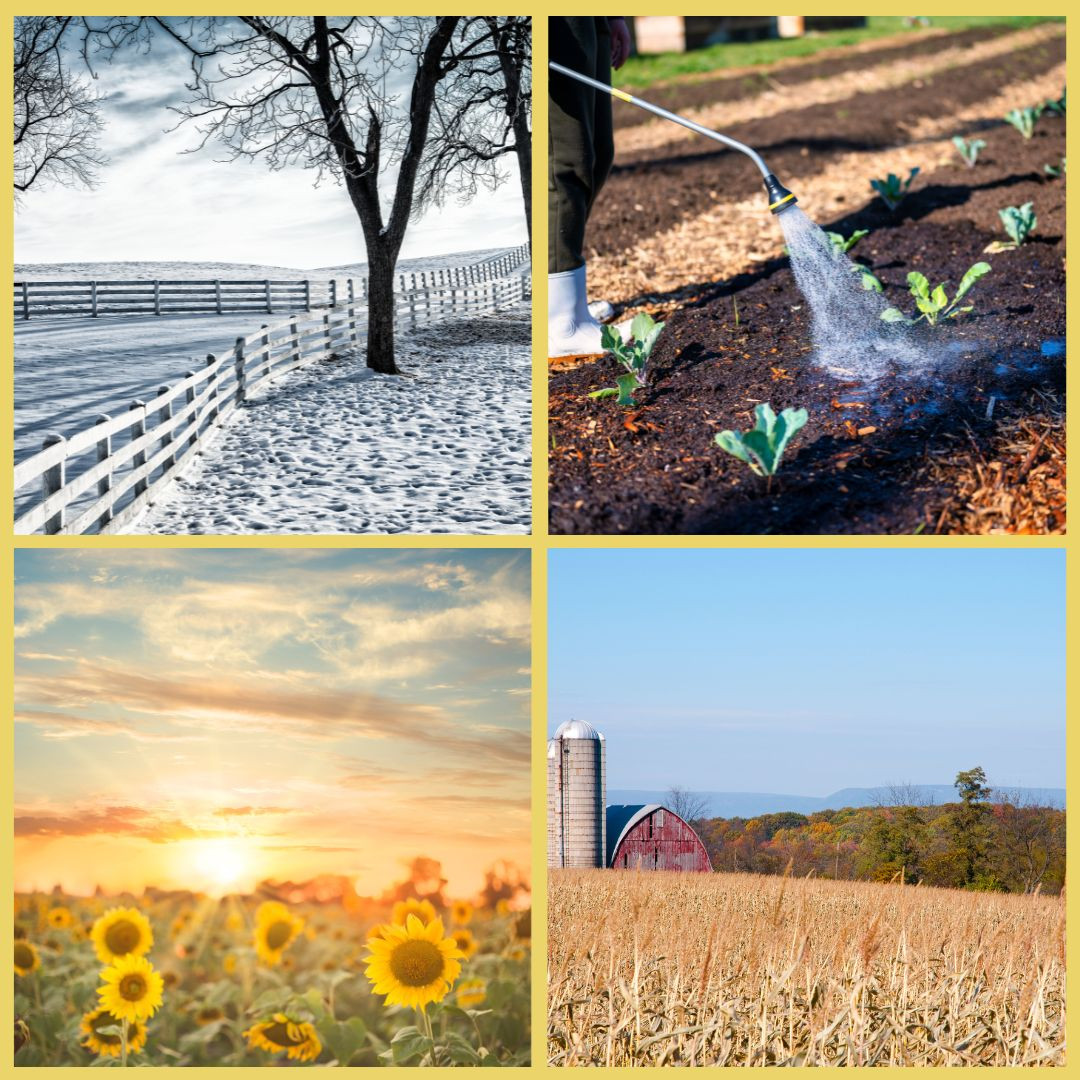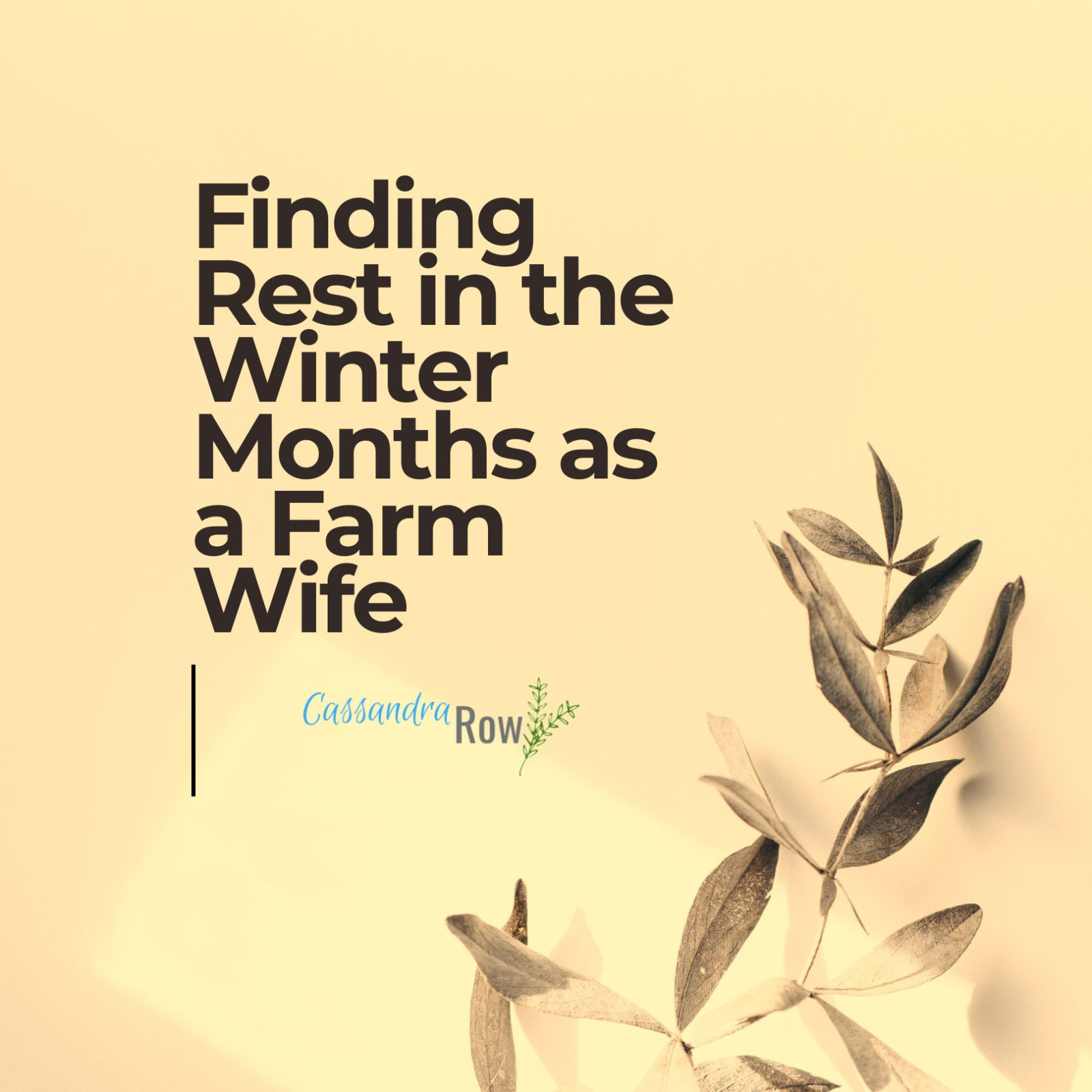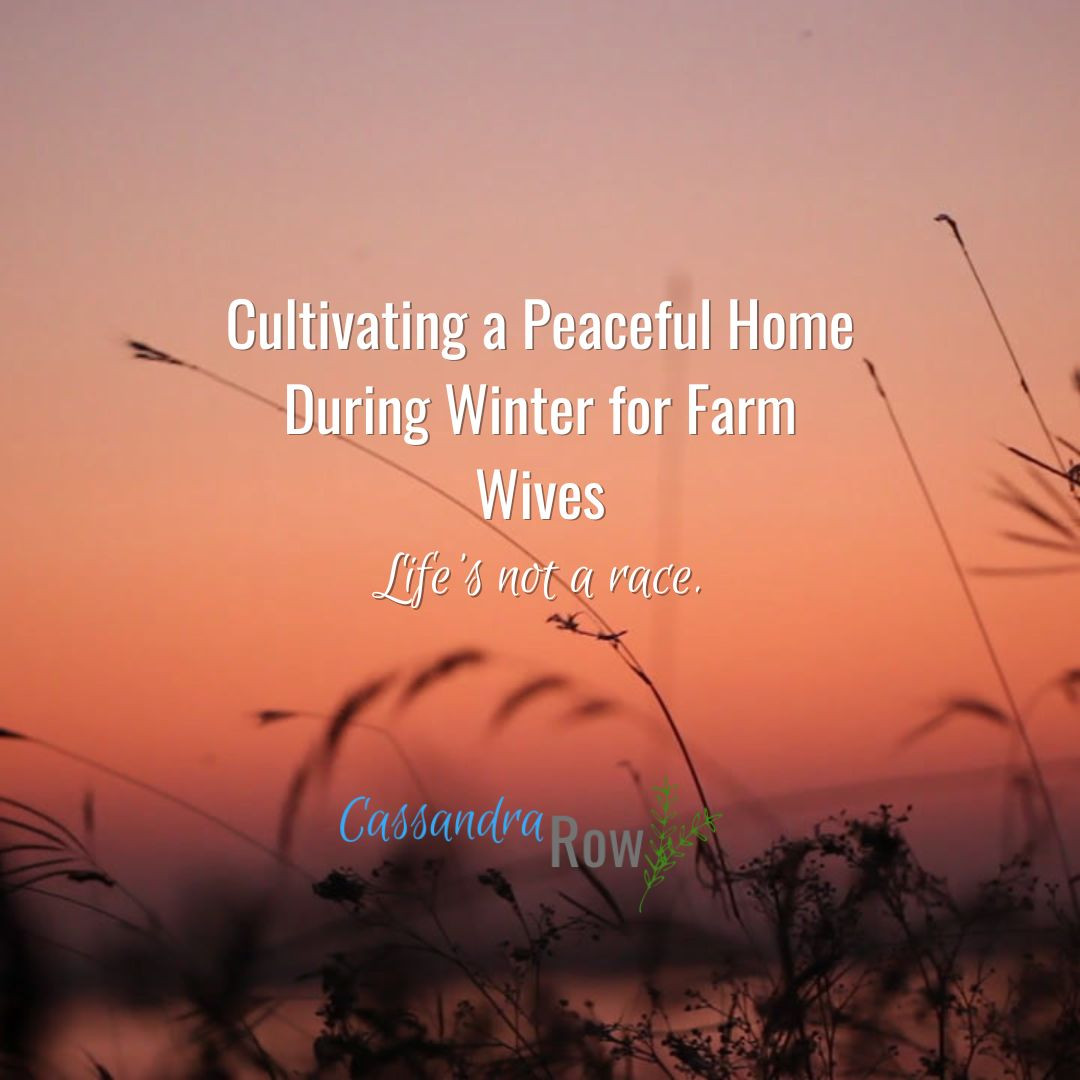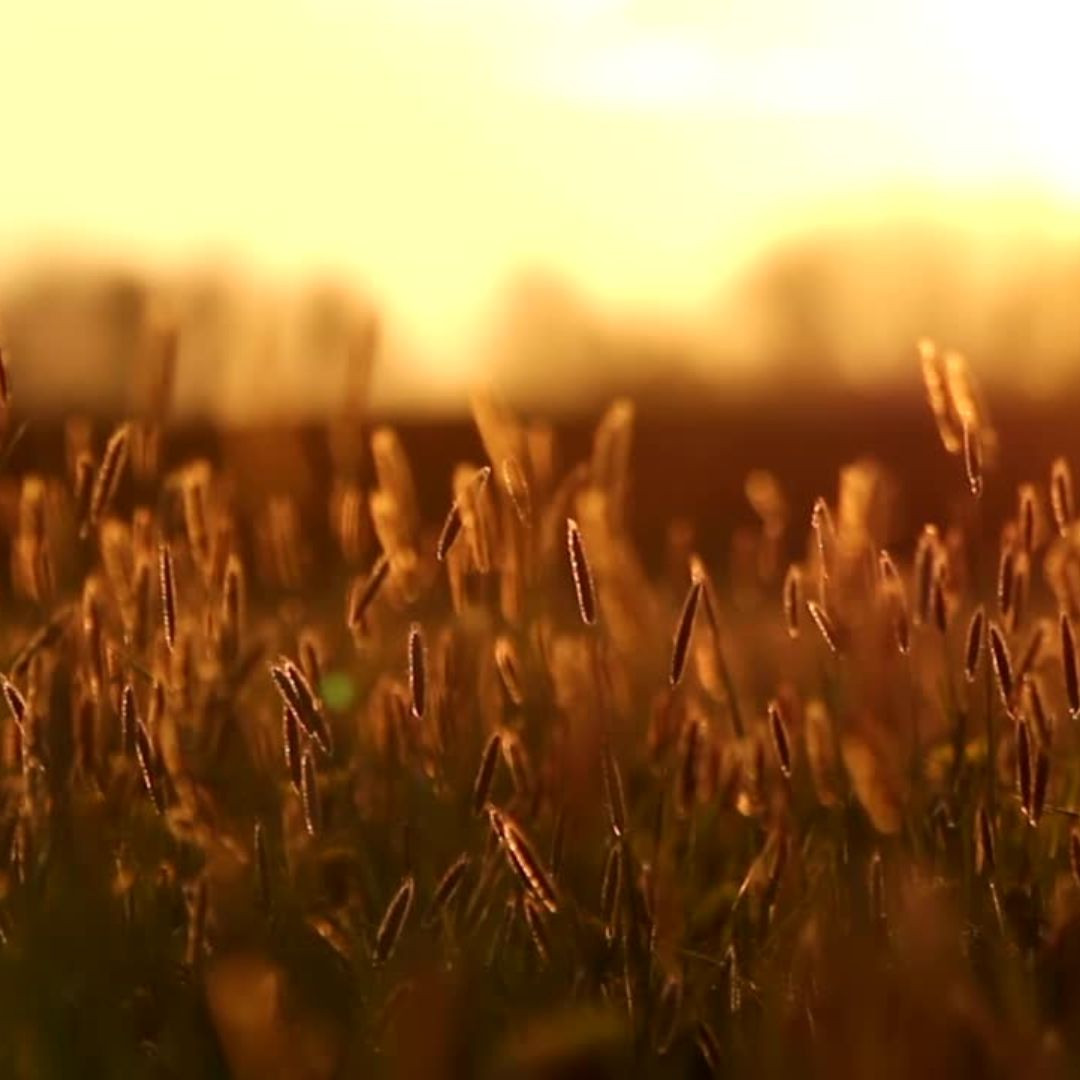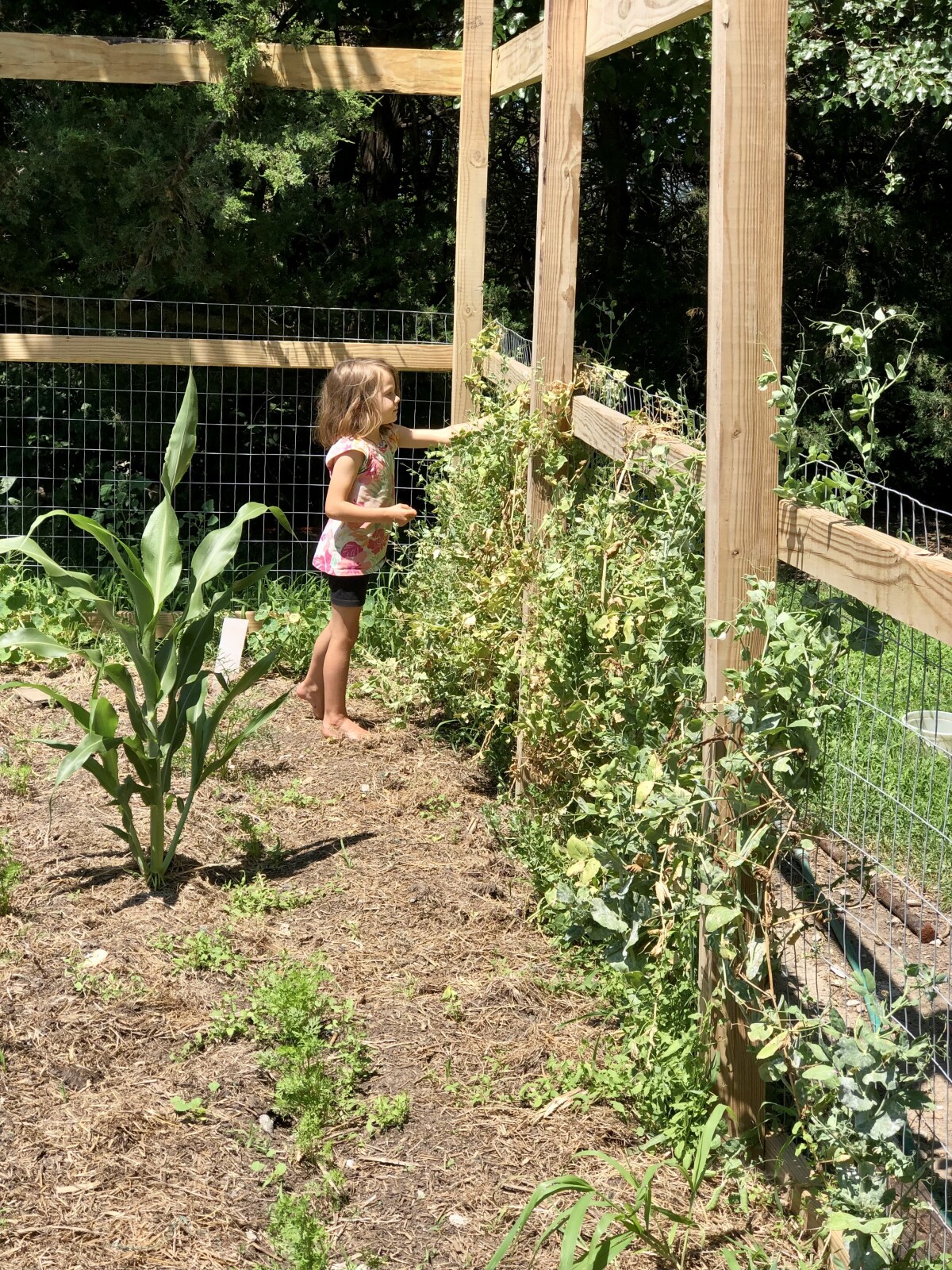
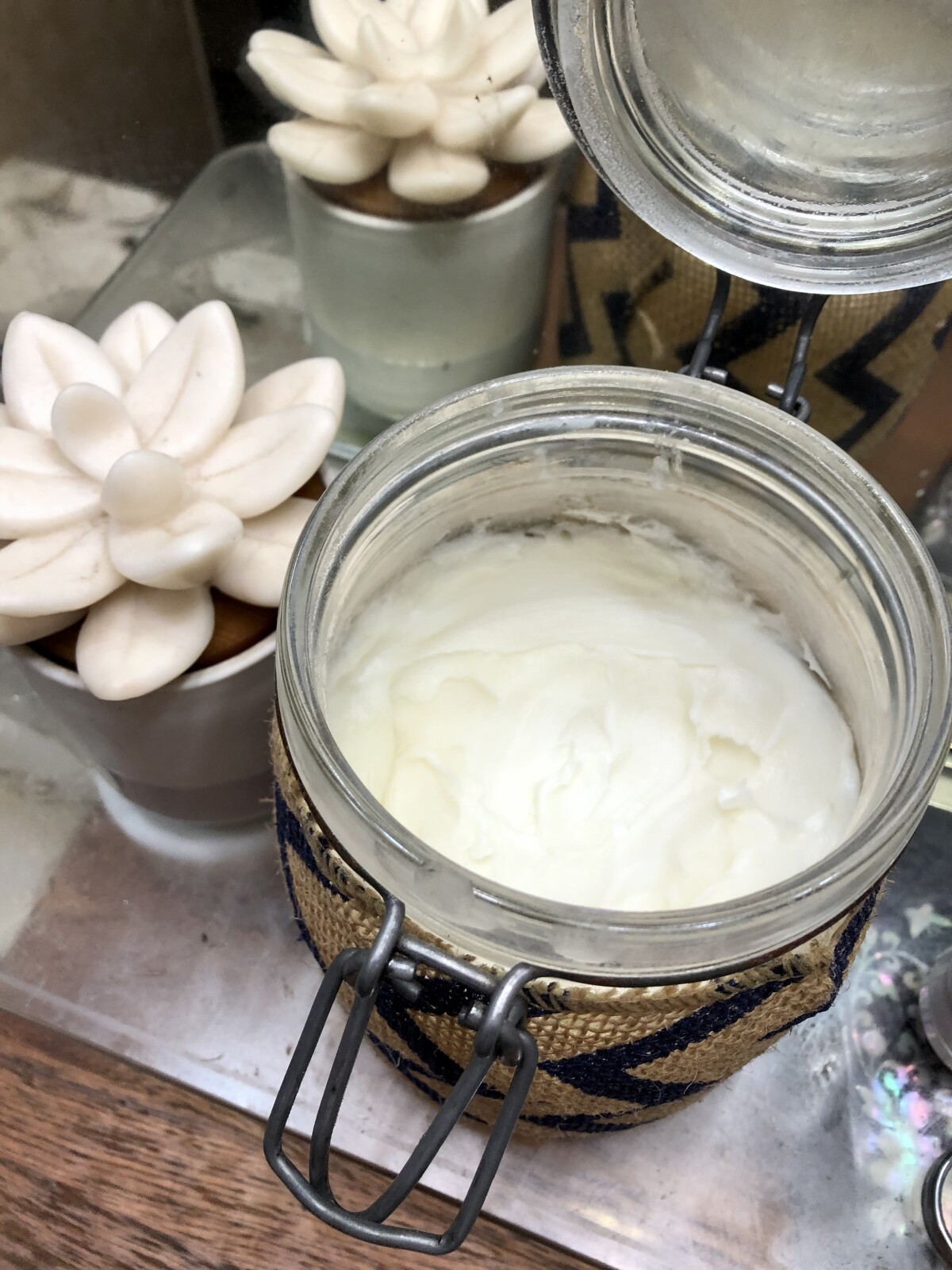
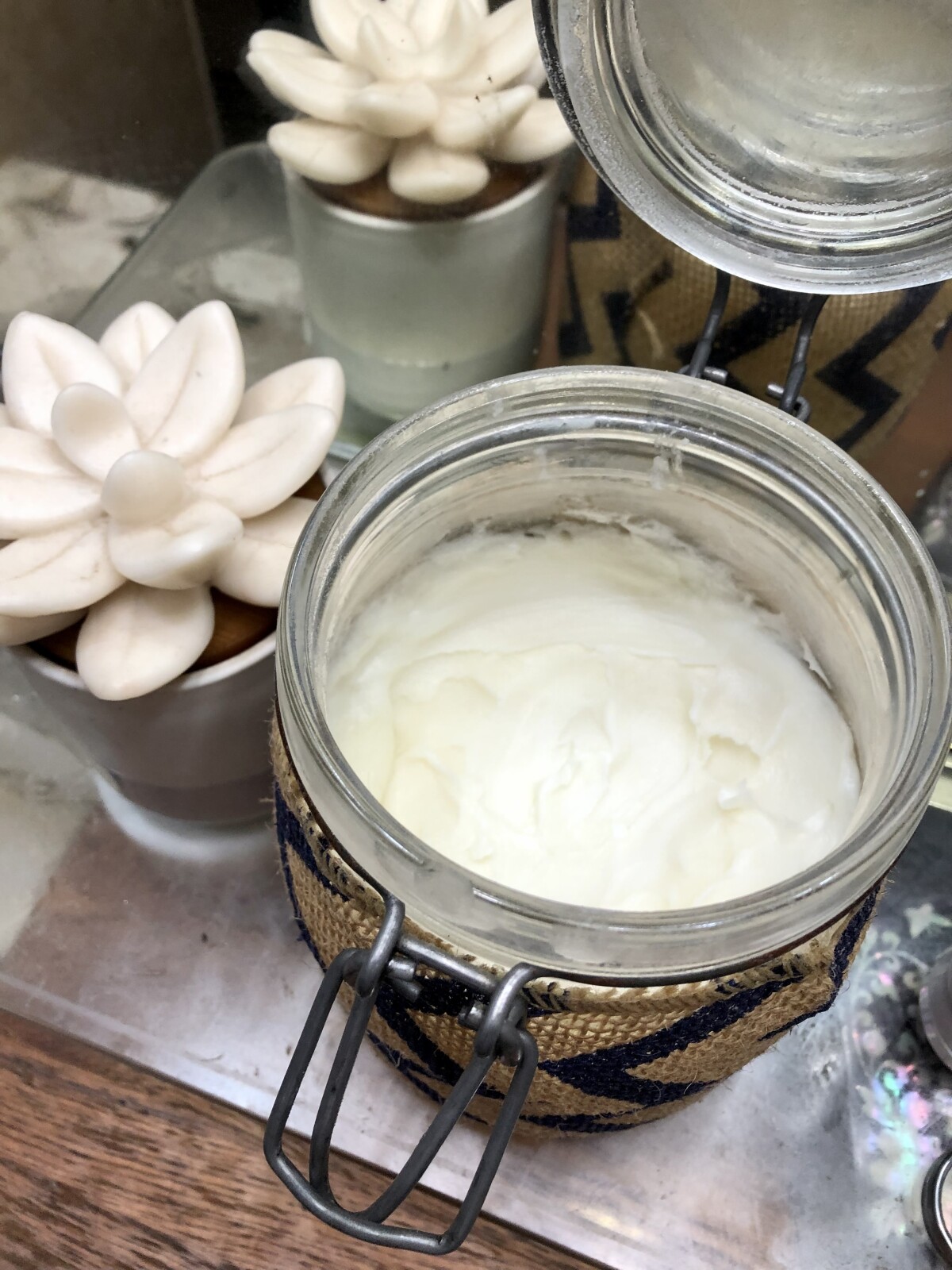
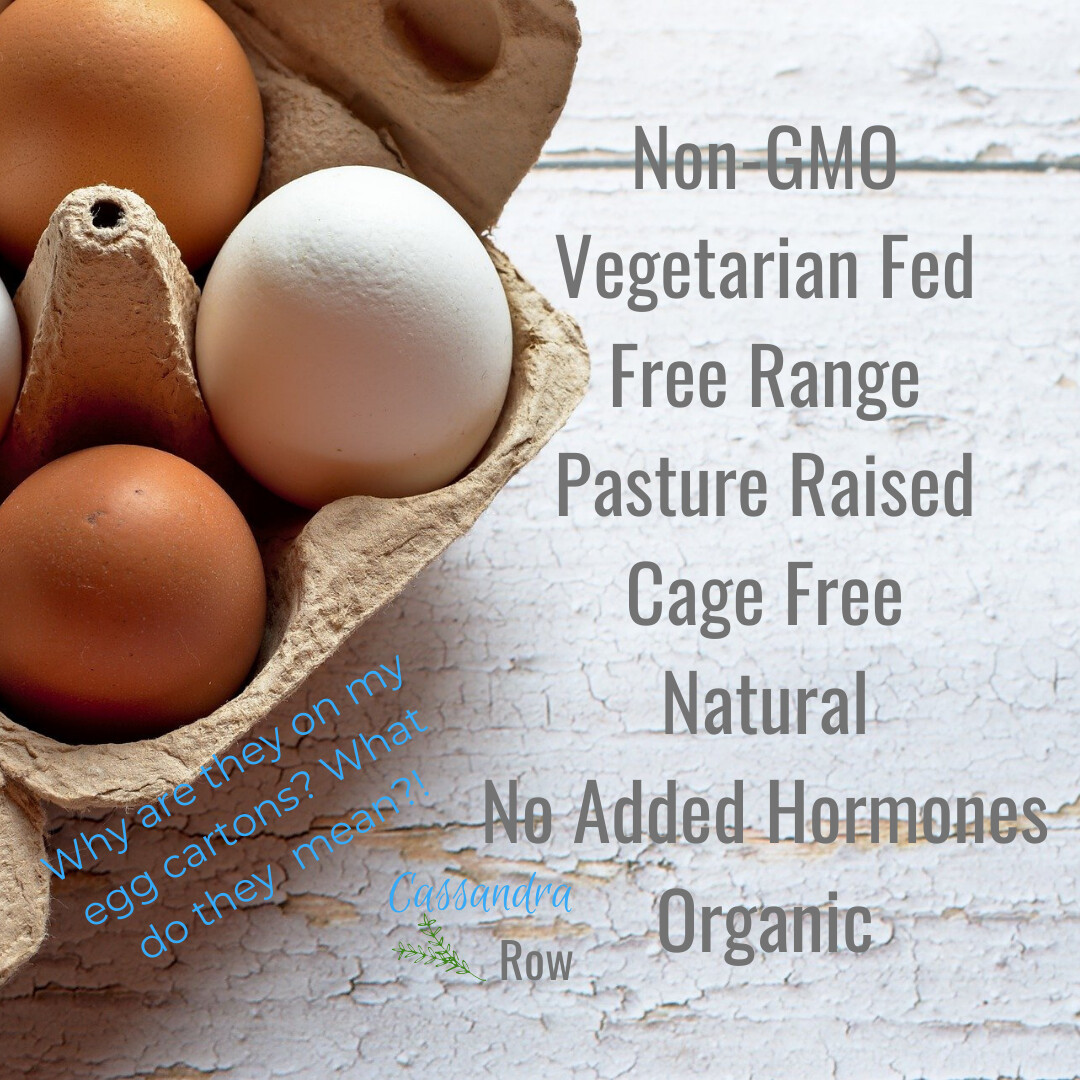
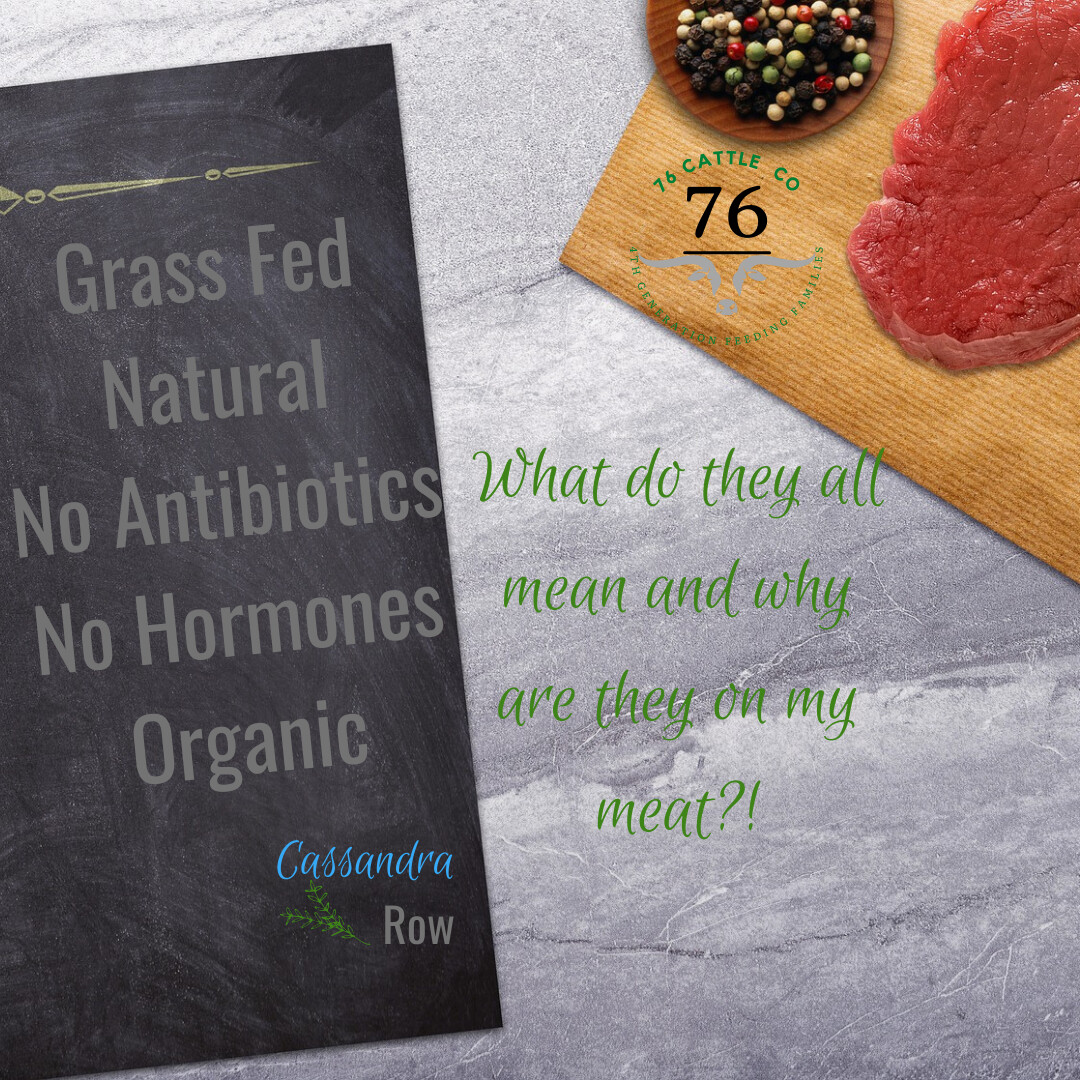
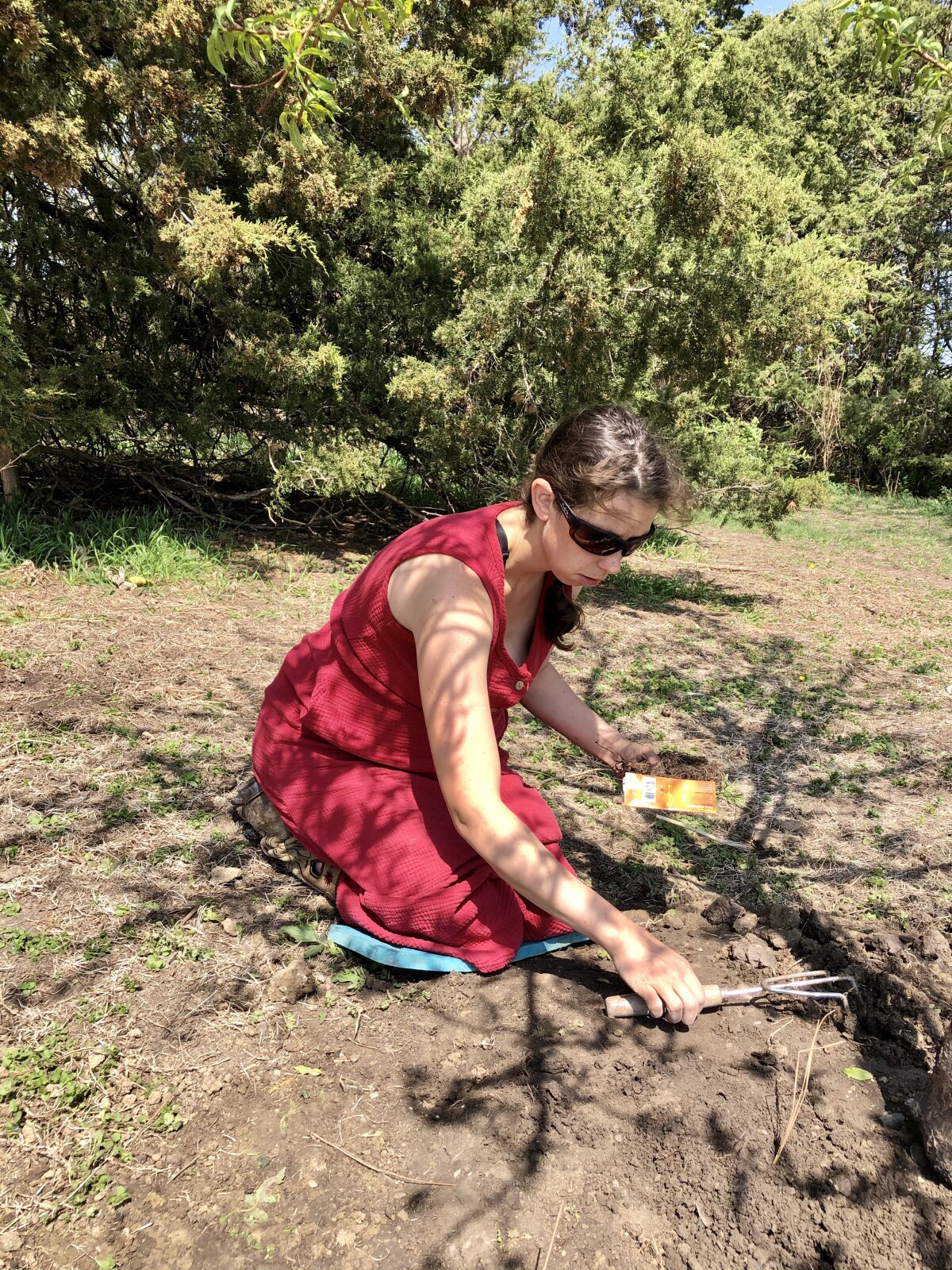
This post may contain affiliate links, which means that I may receive a commission if you make a purchase using these links, with NO additional cost to you.
Gardening has many benefits. You can grow your own food, have control over how it is grown, receive excellent nutrition, and experience the stress relief a garden can give you. Being in nature, digging in the dirt, breathing in the fresh smells, gives your body and mind a chance to unwind and ground.
Wait what is this thing about grounding? It is electrically reconnecting you to the earth. Our bodies tend to build up positive charge, especially under stress. The surface of the earth is negatively charged. By something as simple as walking barefoot, or digging in the dirt, you allow your body the opportunity to return to neutral charge by letting go of the positive electrical charge. Gardening is an excellent way to ground, while still accomplishing something for the type A personality.
Gardening is also a whole-body work out. Lifting baskets of produce, pulling weeds, digging holes, reaching for produce, pushing a wheelbarrow, are all activities that engage muscles throughout the body to accomplish the task. When you add general yard work, like pruning, or tree trimming, you have more specific exercises that work more of the upper body. Exercise releases endorphins that make us feel good. So, gardening can give you an exercise induced endorphin rush.
The act of growing something from plant to maturing fruit, gives you a sense of accomplishment. Even growing something simple like a pot of herbs, which you can harvest quickly and continually, can produce this feeling. This has a positive affect on your mental health, by giving you a reward.
So, gardening can improve your health emotionally by allowing you to ground yourself, physically through exercise, and mentally through giving you the sense of accomplishment. That is not even mentioning all the nutritional benefits from having truly fresh food.
Join the FREE Community
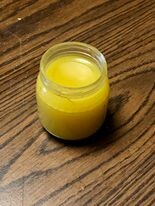
This post may contain affiliate links, which means that I may receive a commission if you make a purchase using these links, with NO additional cost to you.
At some point you will injure yourself or get sick. It is part of life. You don’t need to run to the doctor for everything, and you don’t have to run out and buy an over-the-counter salve or medicine. There are several remedies you can grow, forage, and make yourself. This will be a brief overview, as each category could be an entire blog itself. Read all the way to the end for my best owie slave recipe.
First prevention is the best medicine. Feeding your body what it needs to fight off and heal itself before you become symptomatic ill. The best way to do this is to eat good food that nourishes your body. Avoiding processed foods and sugar is the biggest tips. Eating a much of a whole food diet as you can is the next.
Herbals are my next line of defense. This includes essential oils. Essential oils are essentially concentrated versions of the herbs. Quality matters here, especially when using them for medicinal purposes. I use the essential oils to help build and support the body fighting off whatever infection and assist in the healing process. A favorite in our house as well are hot teas. Perfect herbal remedies to sip on when feeling sick.
I buy my essential oils. I do not have the knowledge to properly distill them, so they have the most effectiveness. For my top pick on essential oil company for quality and experience, click here. The herbals for tea are a mix of purchased and home grown. Many herbs I simply do not have the ability to grow. So, I just need an easy button an buy a pre-mixed herbal blend. Top herbs to keep on hand for illness, cinnamon, lemonbalm and lemongrass (bonus these also repel bugs when alive), clove, rosemary, and lemon.
Tinctures I often use in conjunction with herbals. A tincture is a plant soaked in alcohol, then strained off. The benefit to these is they last nearly forever, where a dried herb is only good for 1-2 years. To use the tincture, a small amount of liquid is placed under the tongue and then held there for a few minutes. The herbs that are harder to acquire, or spoil quickly are made into tinctures for long term storage and use.
The part I’m sure most of you have been waiting for! My homemade owie salve. I use this salve on all kinds of owies, from cuts, to abrasions, to diaper rashes, to burns (after it has cooled off and the outer skin is healing. The best part is it is easy to make and grow. The two herbs in this salve are Calendula petals and Plantain leaves. You’ll also need olive oil for infusing, and bees wax to make the actual salve.
Step 1: Pick the calendula blossoms and plantain leaves on a warm sunny day (the resin is strongest then). Fill a glass jar with the leaves and blossoms, I like to pick them in about a 1:1 ratio.
Step 2: Fill the jar with olive oil to 1 inch from the top. Run a butter knife around to remove the air bubbles. Place in a sunny spot and let it sit for 3-4 weeks.
Step 3: Strain the oil through cheese cloth and squeeze out into a sauce pan.
Step 4: Warm the oil slightly (DO NOT BOIL). Add most of the grated bees wax to the warmed oil (approximately ¼ c grated beeswax per 1 cup of oil). Stirring to mix.
Step 5: As soon as the wax melts, put 1 Tablespoon of the mix on a plate and into the freezer for 1-2 minutes, until cool.
Step 6: Check for consistency. For a firmer salve, add more bees wax, for a softer salve, add more oil.
Step 7: Put the salve into small jars or tins and allow to cool
Step 8: Once cooled, tighten lids and store in a cool dark place for 1-2 years.
Join the FREE Community

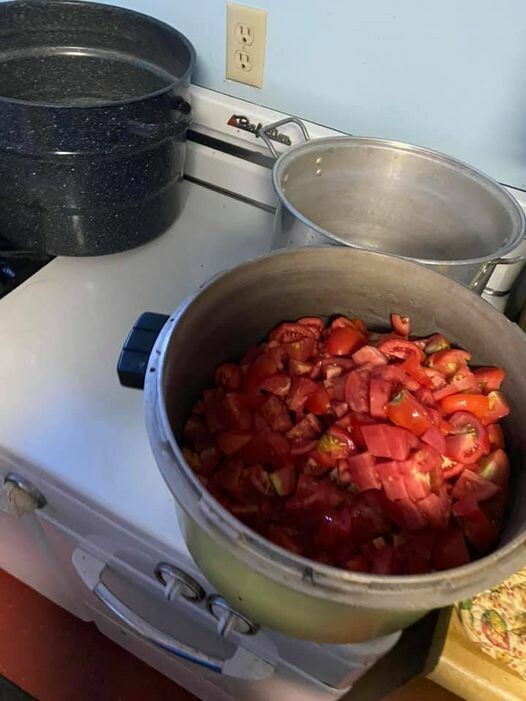
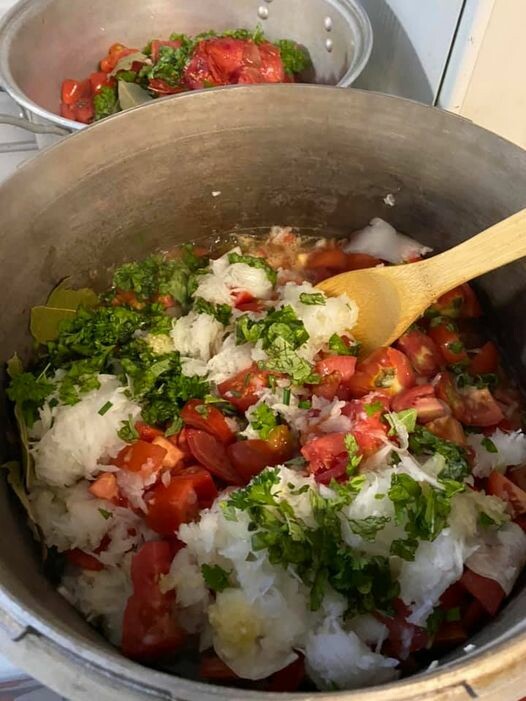
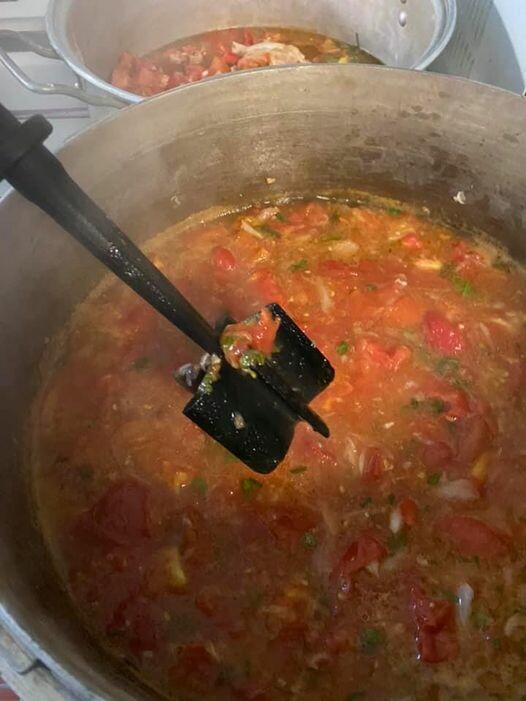

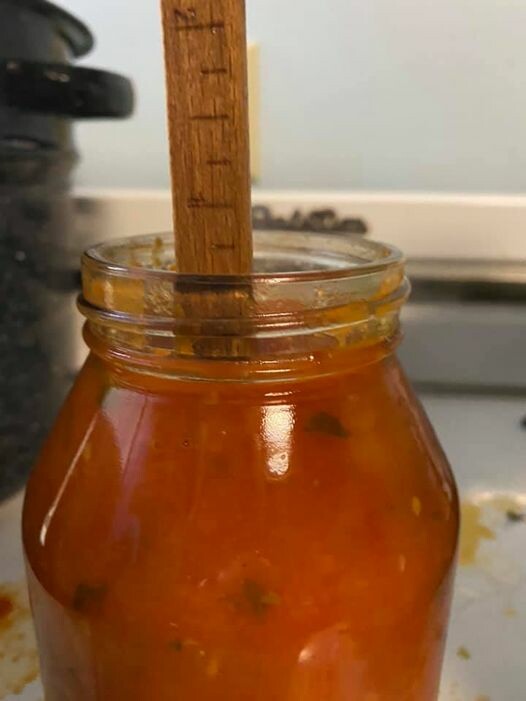
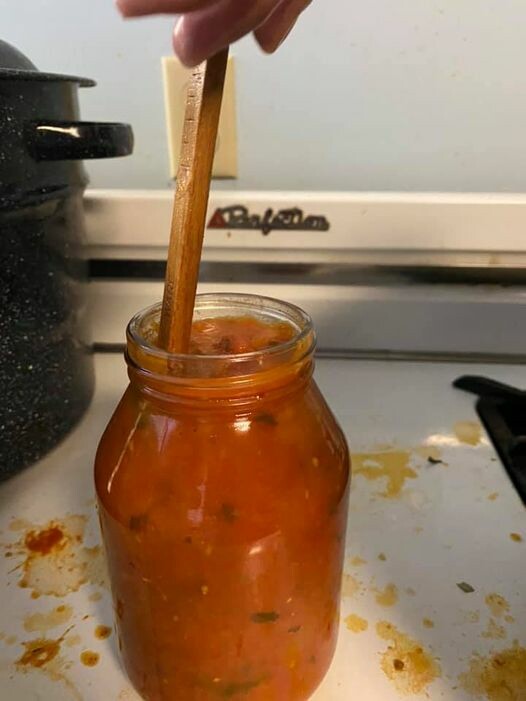
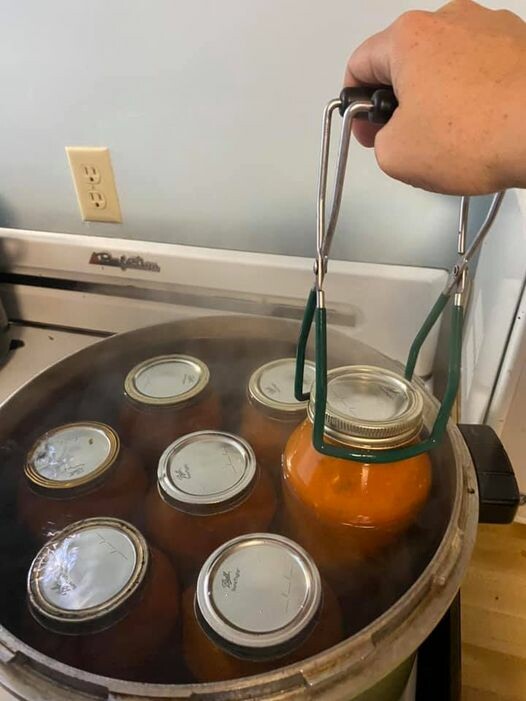
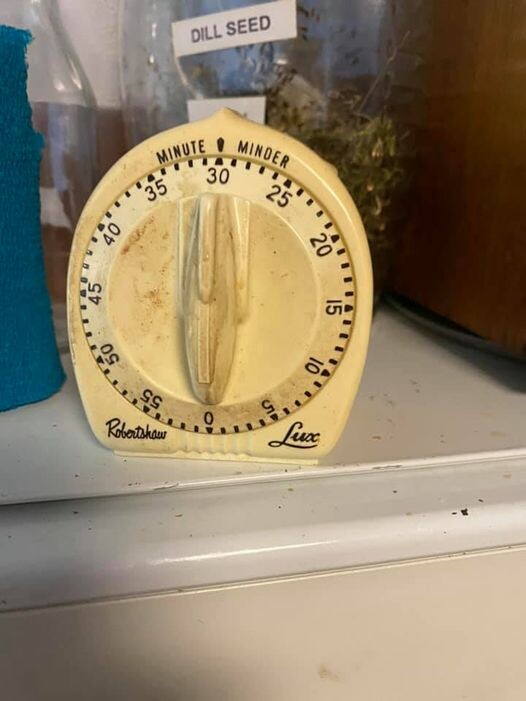
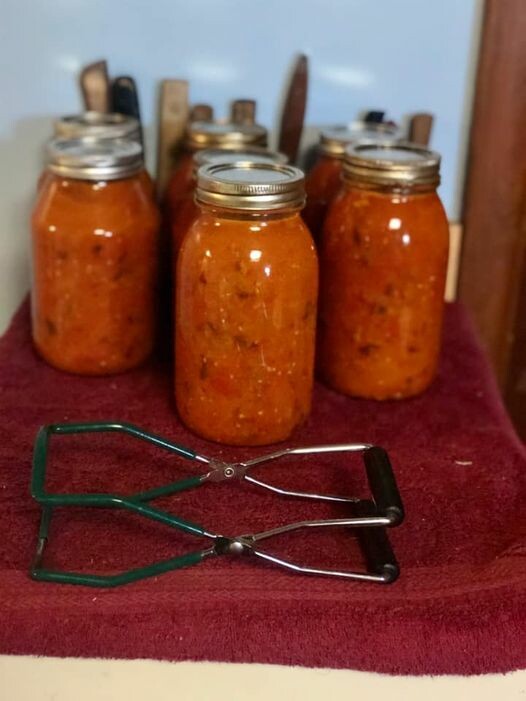
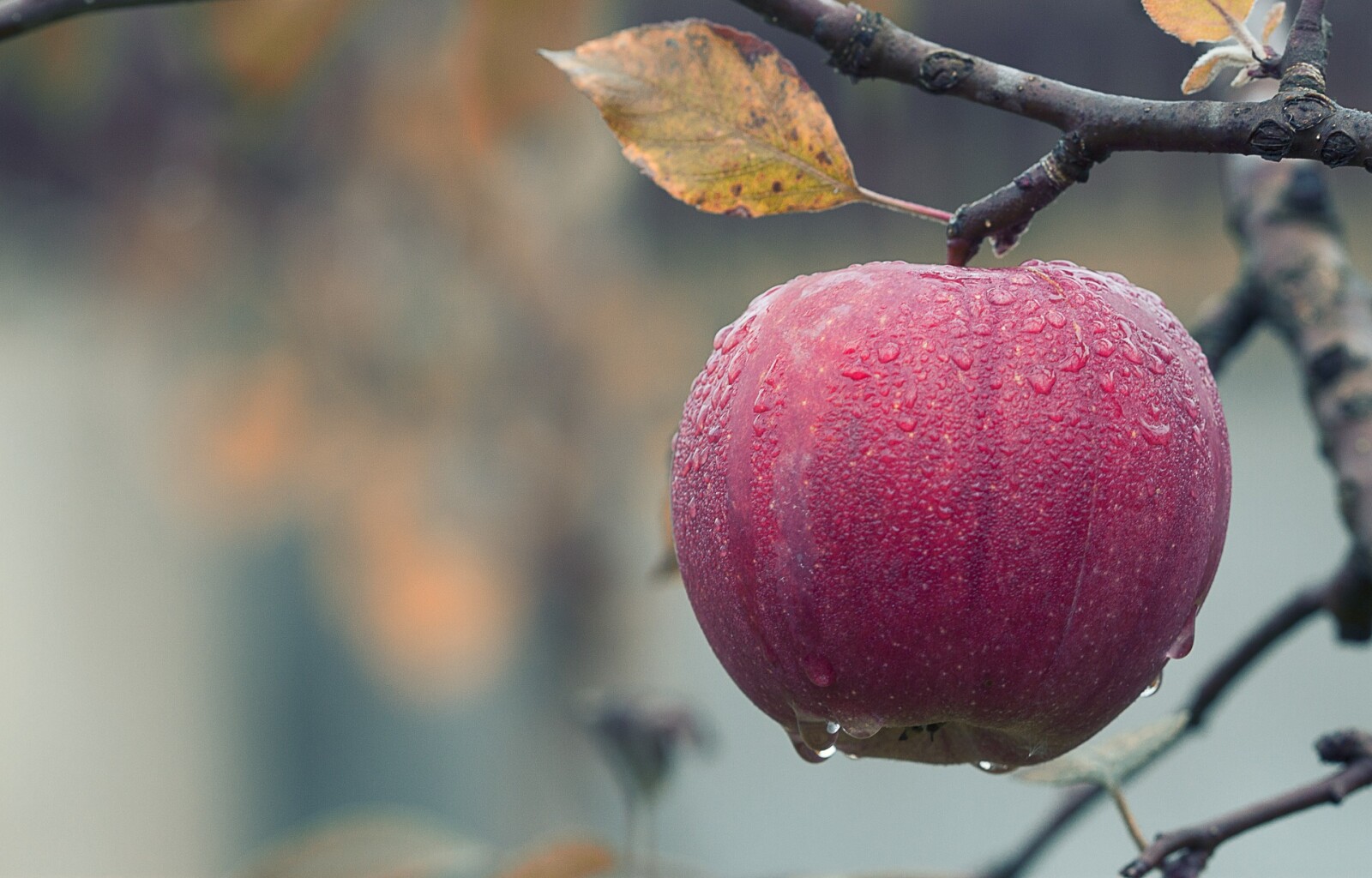
Wanting a community to lean into? Join the FREE Courageous + Purposeful Mommas group! This community is for the Mommas, mommas to be, in the midst of raising, and kids grown, looking for tips on building your family up and providing for them through natural methods. Tips include: gardening, bulk buying, caning,/preserving, livestock, homesteading, and home remedies. Your family is precious, and this group is to help you gain the knowledge and tools to keep your family well and not reliant on outside professionals. Remedies and tips are easy and simple for the busy momma, time is precious after all, including pregnancy, birth, young kids, and illness. Trust your Momma gut again! This community offers the resources + community you need to help get started on your journey and prepare for whatever future you envision.
Click here to get the stories straight to your email:
For more on wellness tips click here:
For more on homesteading on your budget click here:
For more simple DIY updates click here:

Wanting a community to lean into? Join the FREE Courageous + Purposeful Mommas group! This community is for the Mommas, mommas to be, in the midst of raising, and kids grown, looking for tips on building your family up and providing for them through natural methods. Tips include: gardening, bulk buying, caning,/preserving, livestock, homesteading, and home remedies. Your family is precious, and this group is to help you gain the knowledge and tools to keep your family well and not reliant on outside professionals. Remedies and tips are easy and simple for the busy momma, time is precious after all, including pregnancy, birth, young kids, and illness. Trust your Momma gut again! This community offers the resources + community you need to help get started on your journey and prepare for whatever future you envision.
Click here to get the stories straight to your email:
For more on wellness tips click here:
For more on homesteading on your budget click here:
For more simple DIY updates click here:

